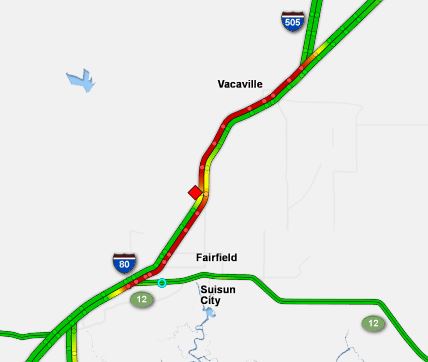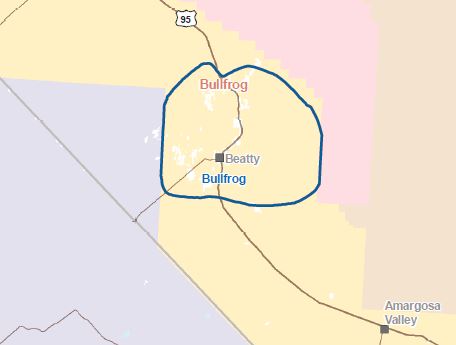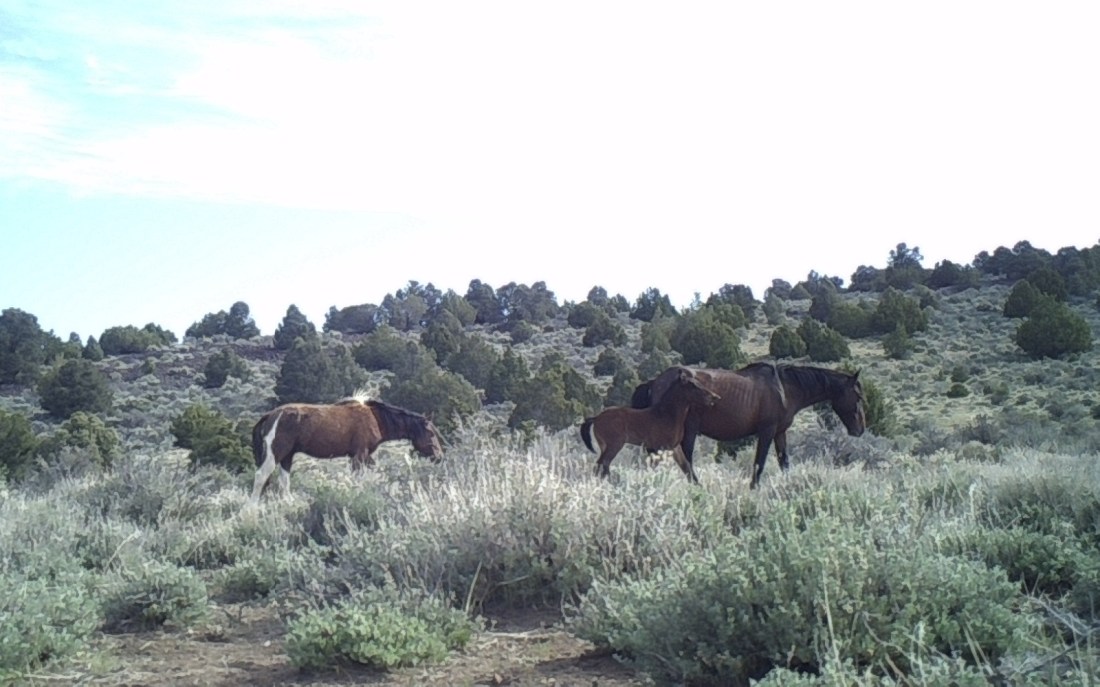The last step in installing a pump in your well is to connect it to the water and power systems.
In the photo below, black poly tubing brings water into the pump house, transitioning to white PVC pipe inside the wall. It connects to the water system at the pressure switch, the small grey box above the PVC pipe with corrugated metal conduits on either side.
The wall-mounted box with orange label is the controller for the pump. To the left is a smaller box that monitors for dead-heading and dry-running.
The colored wires going into the slab provide power to the pump, 480 feet down.
The grey panel near the door provides power to all circuits in the pump house. The receptacle at the lower left of the panel lets you plug in your portable compressor, in case the air in the pressure tanks needs to be topped off.
Now you have water to the surface! You’ll want to cycle the system several times to flush out any turbidity (cloudiness). Connect a hose to the drain valve on one of your pressure tanks and let the water run out until the pump comes on (40 psi). When the pump shuts off (60 psi), open the valve and drain the tank(s) again. Repeat until the water is clear.
After you install a treatment system, you’ll have clean, fresh water for your horses.

















